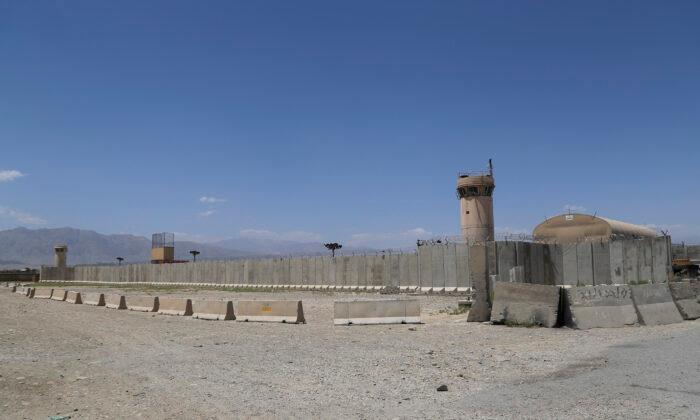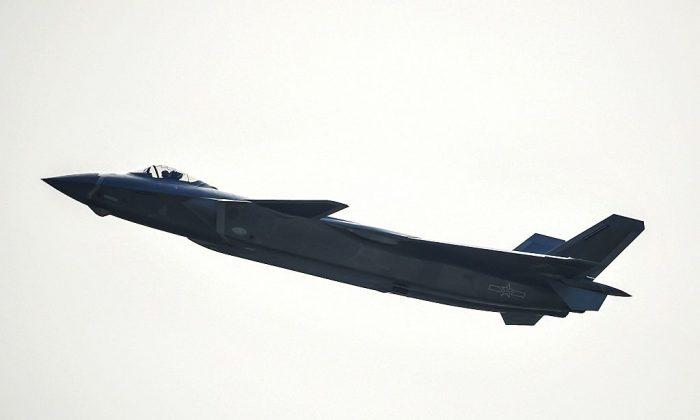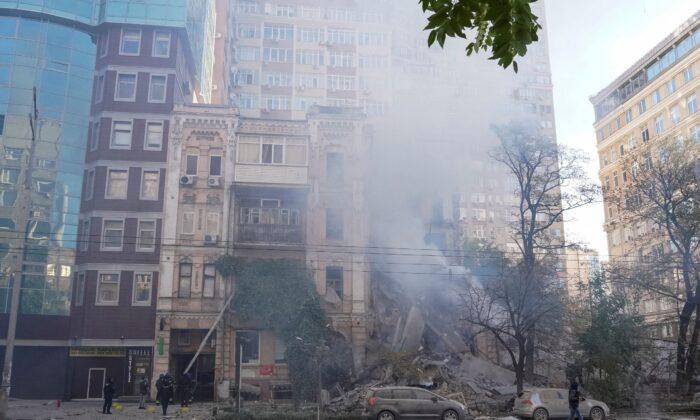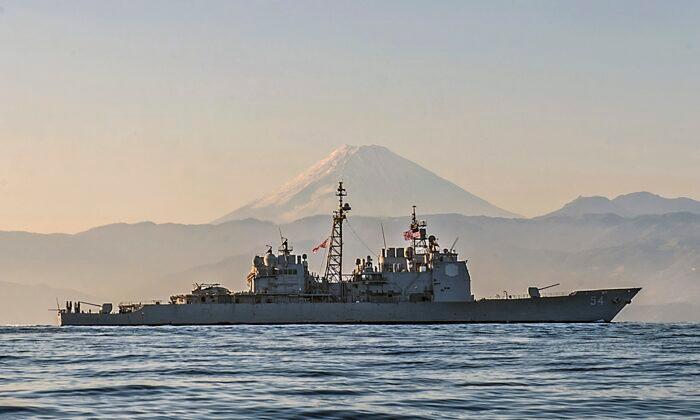The Digital Dunkirk, which was organized at first by U.S. military veterans, has been helping people make it to the Kabul airport by helping them maneuver around fixed and mobile Taliban guards and sentries. They do this with satellite imagery and keeping a constant watch on an evolving situation.
Even with this help, making it through the final gauntlet is challenging—in many cases not possible.
One wonders why the Pentagon didn’t provide this kind of intelligence to U.S., allied, and Afghan friends whose lives are in great danger. The lack of Defense Department initiative is only understandable in the context of egregiously poor planning.
It isn’t that our troops on the ground are doing badly—they are heroes—but it’s clear there is much more we could have done, such as going out and collecting those who need to evacuate and convoying them to the Kabul airport.
Bagram performed an important surveillance role, which can be restarted. Surveillance aircraft along with C-130 gunships should be brought back in.
Taking back Bagram would send the Taliban a stiff message and put them on notice that if they keep up the stranglehold on people who want to leave, we may stay as long as we want. This should encourage them, if that’s possible, to be more reasonable, as right now they are saying no to extending the exit deadline of Aug. 31.
To the degree possible, the United States should reconstitute some Afghan forces clustered in and around Bagram.
The lack of creativity and bad leadership combine to create a nightmare.
If President Joe Biden wants to turn it around, he must significantly increase the firepower in the theater, especially at Kabul, bring back air firepower, particularly the A-10, which means that Bagram has to be recaptured.
The Army and Marines deployed there need vehicles (that can be flown in on C-5s) and firepower in the form of truck-mounted weapons. If possible, armored personnel carriers should either be brought in or liberated. They are needed as convoy escorts.
There is great concern in Kabul about Taliban, ISIS, and al-Qaeda suicide bombers, especially around the large crowds surging at the airport. Overhead surveillance could help find the bombers before they kill many Afghans, Americans, and others.
You can’t save Americans, our allies, and friends without adopting an aggressive approach. The idea that we can protect Kabul airport and move the refugees under the gun is a complete non-starter.
The reason we have Special Forces, who are great commandos, is to do a job like this. Bottling up these forces inside barbed wire fences is a waste of capability and dangerous, too, because Special Forces need mobility and maneuver room, not a stockade, to be useful and effective.
The lack of aggressive thinking and pre-planning is very troubling. A first-rate leader would know what to do and let the president know what has to be done.
One would have hoped the Joint Chiefs of Staff would do something. But these four-star generals and admirals are in hiding, only carping that they told the president this could be difficult and then went back into hiding, only to hear the president say he never heard any such thing.
We are about at the last chance for the survival of many people who we put under our wings and in our service. It’s clearly past time to get smart.
Hats off to the Digital Dunkirk warriors. But we need more, we need it now, and we need to learn to be tough again.






Friends Read Free